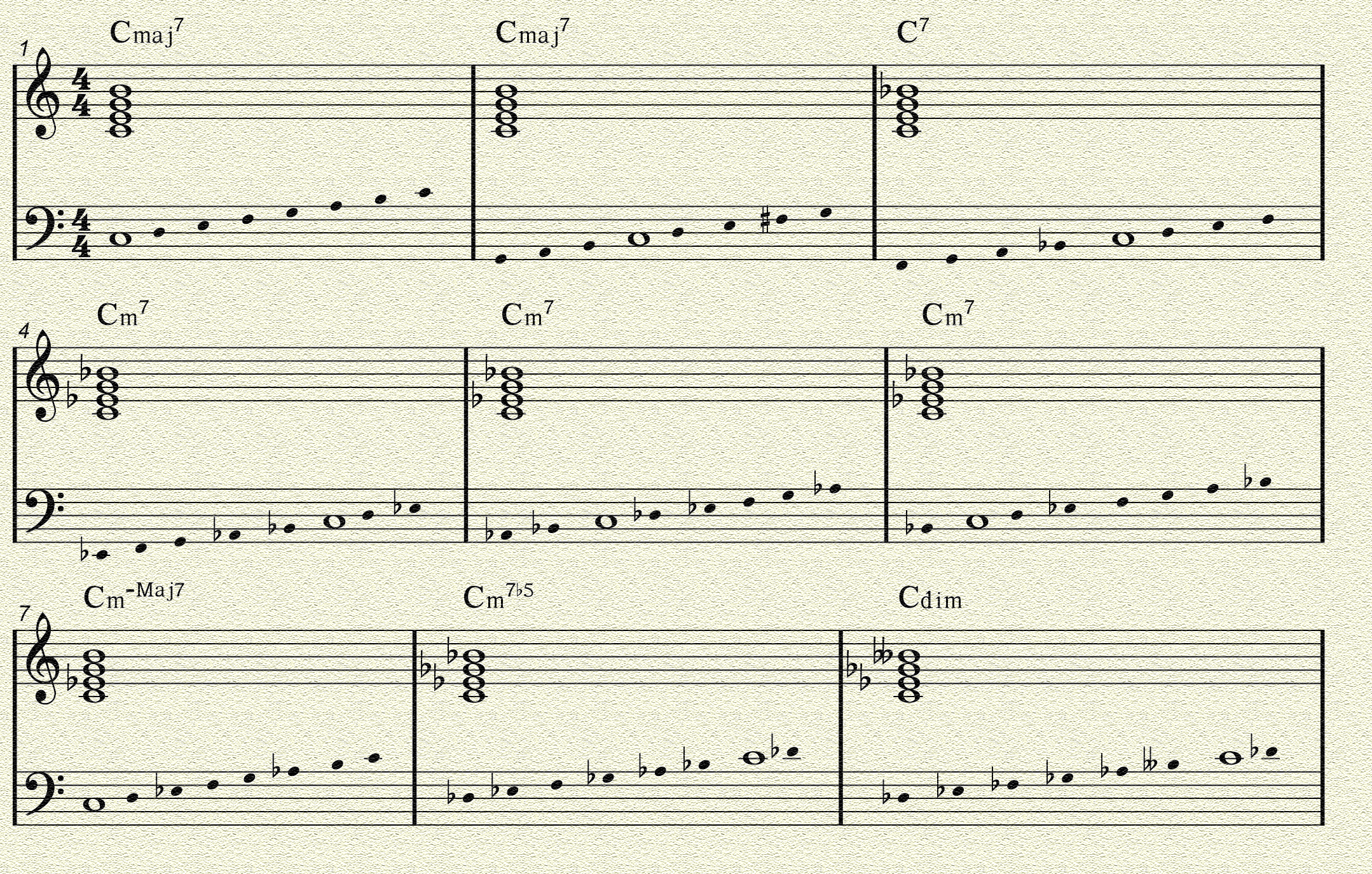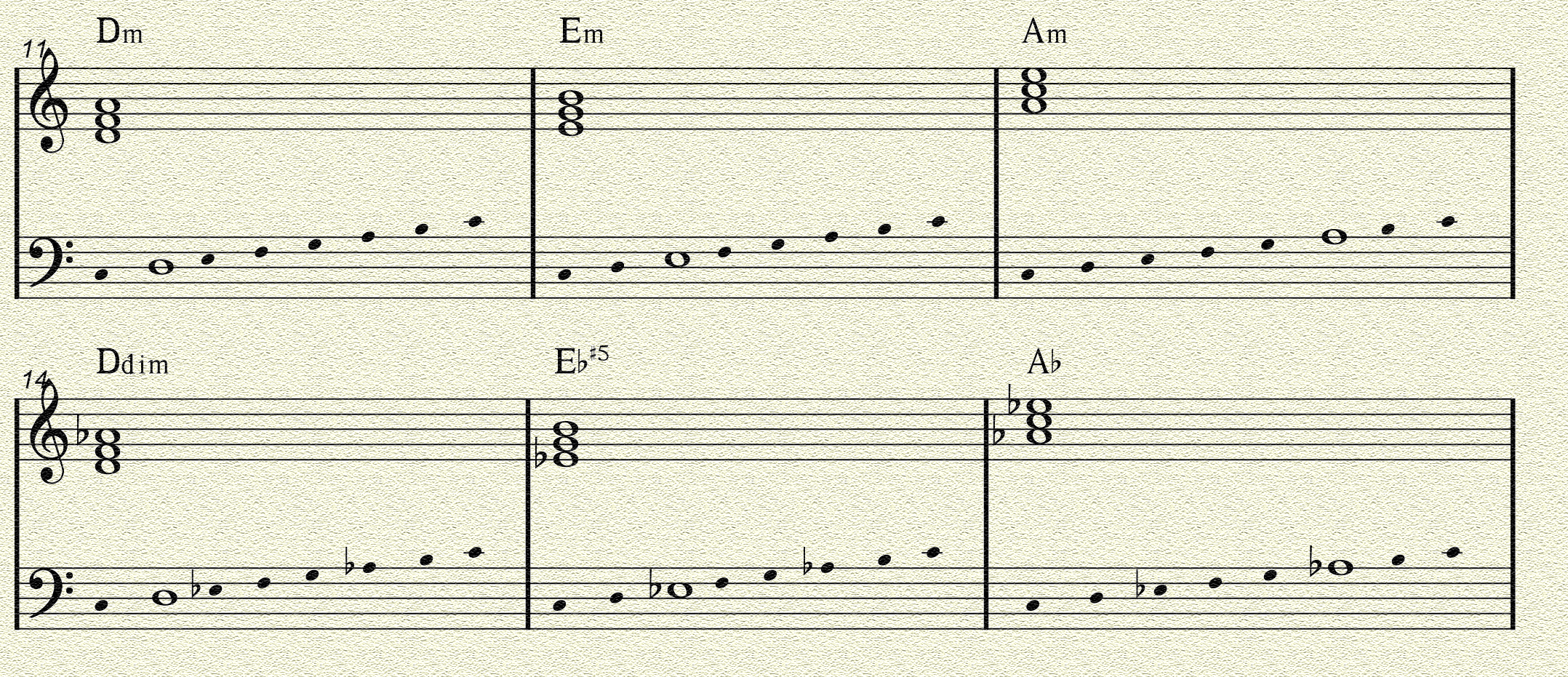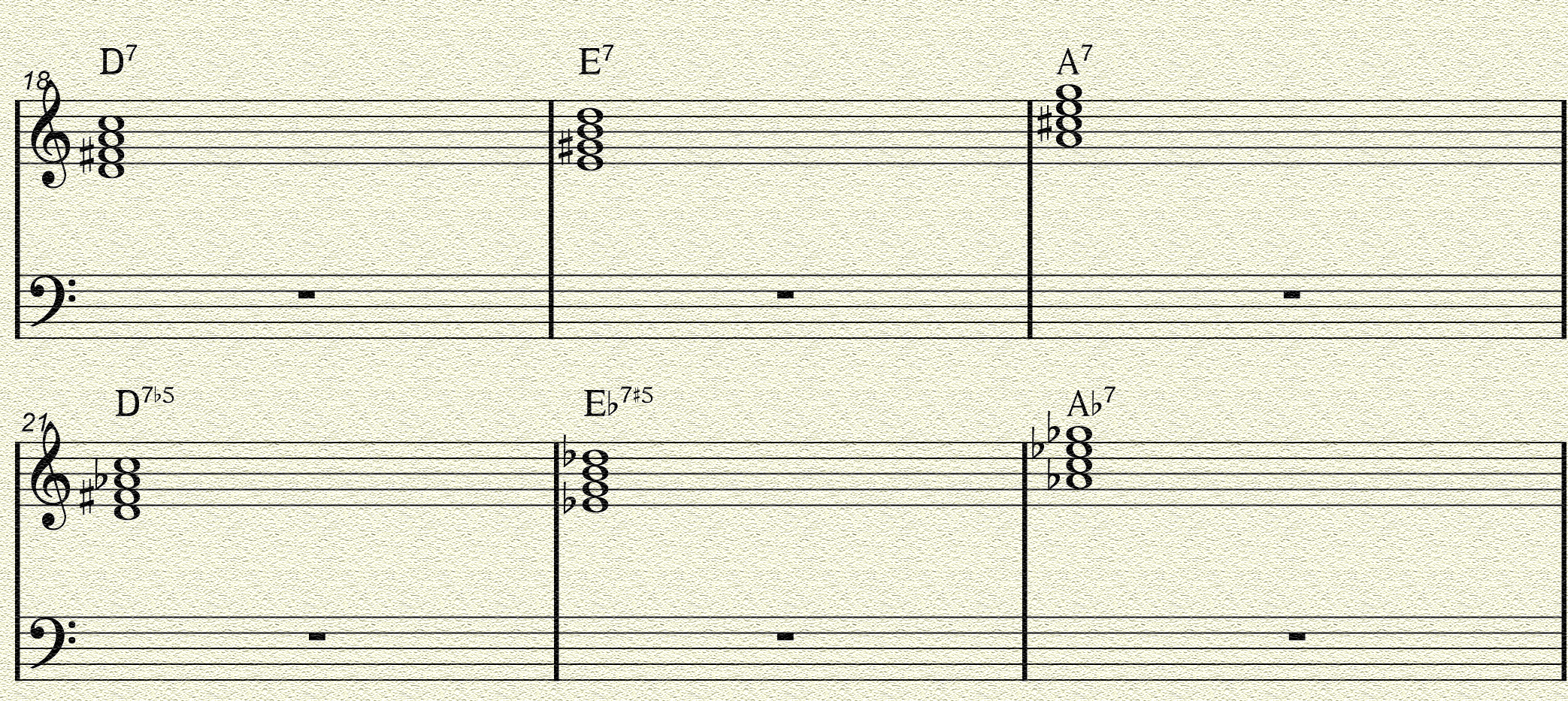Lemme put you on to some game that will help you remember the scale degrees. Of course, all of this is dependent on how diligent you are in learning the cycle of keys and whathaveyou. In other words, in order for this stuff to stick, you're gonna have to practice it over and over, say it in your head and shit until it becomes instinctual. Here we go.
I'm gonna assume that you've begun learning basic chord construction, as far as triads and 7th chords are concerned.
Lets start with the C major scale. If I were to ask you what was the fifth degree of the C major scale, you would probably count up 5 from the tonic C
1. C
2. D
3. E
4. F
5. G
...and of course you'd be correct. But unfortunately, thinking that way can be crippling when having to recall scale degrees on the fly. Trust me, i'm a 2nd year music major, so that shit happens all the time. Having to count up on your fingers makes you look like you don't know what you're doing, and musicians can be VERY judgmental. Knowing your triads, in addition to having a solid familiarity with your scales is the key---no pun intended---to memorizing scale degrees.
First, In the key of C major, the first chord (using 7ths) is C major 7, or in this case, is C E G B . Each note of the chord is a 3rd apart.
In generic terms, a major 7 chord off the tonic is nothing more than the R, 3, 5, and 7th degree of that scale. So, now we have an easy reference for figuring out what the 3rd, 5th, and 7th degrees of the C major scale are. But, of course, there's more to this. Say you wanted a quick way to find the 6th or the 4th degree of C major. Easy-take the "ii" triad, D minor of the C major key, and we have D F A. In relation to the C major scale, these degrees would be 2, 4, and 6.
C E G B = R 3 5 7
D F A= 2 4 6
The first two chords of the key tells you everything you need to know. The way I memorized it was to say the pattern over and over, transposing all around the cycle of keys until that shit began to sink in. I'm to the point now where I don't even have to think of the pattern anymore, every day I practice over and over all around the cycle---what's the 4th in each key, what's the 6th in each key. I've been at this for nearly four months now. Do this enough times and you'll start seeing patterns that will make the whole cycle of keys really come together for you. For example, a 5th from C is G, a 5th from G is D, a 5th from D is A...and so on. A 4th from C is F, a 4th from F is Bb....you get my drift. The 6th degree of any major scale is its relative minor scale. See how it makes all this shit come together? In the beginning, I suggest you get in the habit of writing it down first for practice, then run the patterns in your head across each key until you just know what each scale degree is by heart in both major AND minor.




